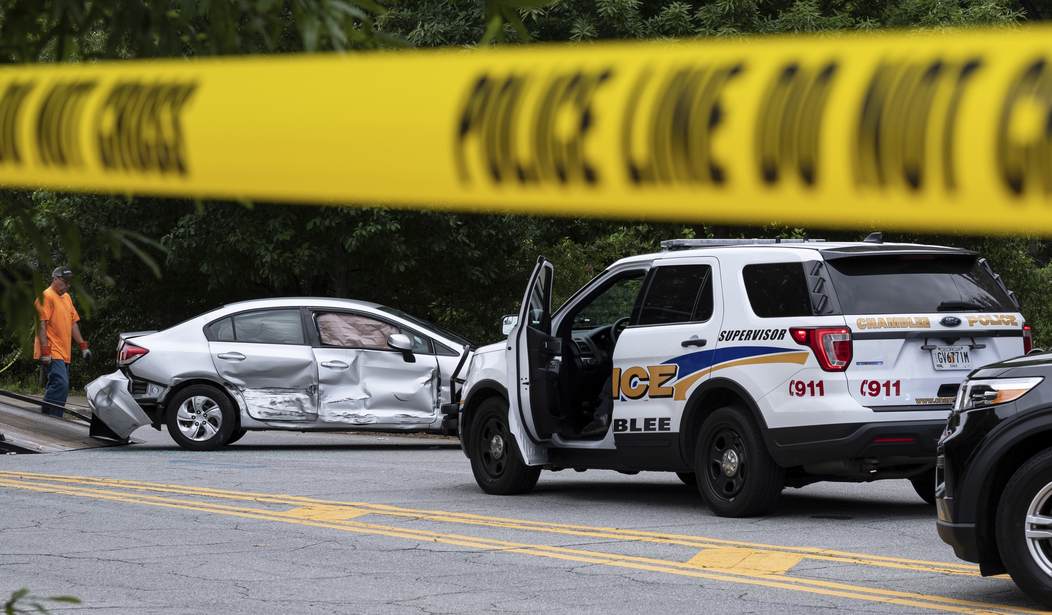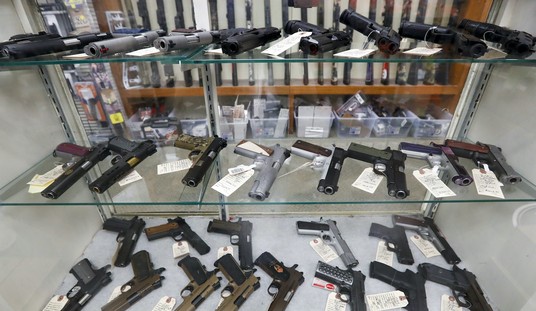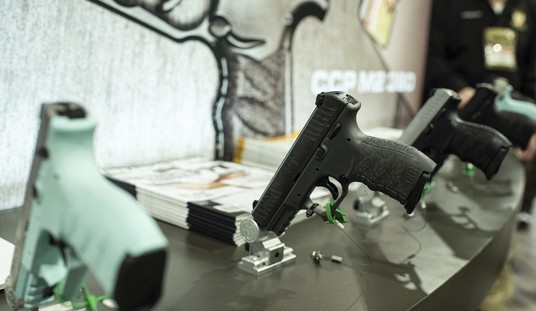My first thought after reading the Brookings Institute’s write-up on its latest study was “no sh*t, Sherlock.” I mean, it’s not exactly shocking to learn that as crime has spiked in many cities over the past two years, neighborhoods already beset by violent crime have borne the brunt of the increased violence. At the same time, however, the study does bolster the arguments of folks like, well, me, who argue that gun control laws aimed at restricting the rights of legal gun owners aren’t the answer to addressing violent crime.
For its study Brookings looked at “patterns of gun violence” in four U.S. cities; Kansas City, Nashville, Chicago, and Baltimore. Researchers found that in every city, homicide increases were centered in neighborhoods “where gun violence has long been a persistent fixture of daily life, alongside systemic disinvestment, segregation, and economic inequality.”
In other words, “bad” neighborhoods have gotten a lot worse over the past two years, while many low-crime communities may not have seen a significant increase in violent crime at all.
When we looked more granularly at gun homicides within these cities, we found that the burden of gun violence is unequally shared. Some communities are relatively untouched, while others live under the threat of gun violence on a regular basis, alongside systemic disinvestment, segregation, and economic inequity. Notably, poverty alone was not a predictive factor for high rates of gun homicides, but rather the intersection between poverty, racial segregation, and systemic disinvestment.
In Chicago, for instance, gun homicides in 2019 and 2020 were concentrated in neighborhoods far from the city center that have long suffered from severe disinvestment as a result of white flight, and are now centers of concentrated poverty with predominantly Black residents. As Figure 1 shows, these include neighborhoods in the West Side (including Humboldt Park, Austin, West and East Garfield Park, and North Lawndale areas) along with the South and Southwest Sides. So as Chicago’s murder rate increased by 53% from 2019 to 2020 (from 18.9 homicides per 100,000 residents to 28.9), residents in disinvested areas bore the brunt of this burden, while more affluent areas had near-record low levels of murder.
Similar trends emerged in Kansas City, which saw its murder rate increase 16% from 2019 to 2020. Our analysis (Figure 2) found that in both years, gun homicides were concentrated in neighborhoods with high levels of concentrated poverty and a history of racist housing policies just east of downtown (Parkview and Lykins), along with a strip of relatively high-poverty neighborhoods (particularly Oak Park and Swope Park) along the US-71 freeway south of downtown.
A local analysis by the Missouri Independent found a correlation between high rates of gun violence in these neighborhoods and higher than average eviction rates, which they contend contributed to the increase in murder rates, alongside economic injustice and lack of access to critical community amenities such as food and quality education. As in Chicago, Kansas City had a high murder rate in 2020—30.9 homicides per 100,000 residents—but more affluent areas within the city were largely untouched by gun homicides.
Similar results were seen in both Baltimore and Nashville as well.
Interestingly, the Brookings Institute report doesn’t call for any new gun laws. Quite the opposite in fact. The report’s authors instead argue that “the status quo governmental response of relying on policing” isn’t adequate to address what’s driving the increase in shootings. Instead, they argue that a more “systemic” approach to improving those neighborhoods is necessary to change the reality in those communities.
These reactive approaches for policing the symptoms of segregation and disinvestment distract from the deeply rooted need to invest in the community infrastructure that keeps neighborhoods safe, such as quality housing, youth workforce development and employment programs, green space, and civic and community-based organizations. Luckily, the influx of federal resources flowing into communities from the American Rescue Plan Act and the Infrastructure Investment and Jobs Act offers an unprecedent opportunity to properly invest in disinvested communities and advance the community-based safety alternatives proven to promote a more holistic, life-affirming vision of safety.
There’s a third option that Brookings doesn’t mention; focused deterrence on the part of police alongside community violence prevention efforts. Focusing on the most violent and prolific offenders can lead to substantial reductions in violence while at the same time reducing the number of overall arrests, and community violence intervention programs with a track record of success can help those most at-risk of being the perpetrator or victim of violence chart a new course for their life.
At the same time, we must do more to ensure that the good people in bad neighborhoods are not disarmed and defenseless; unable to protect themselves or their loved ones even as violent criminals disregard the law and illegally arm themselves. “May issue” carry laws, gun licensing, “permit to purchase” laws, and other measures that force would-be legal gun owners to navigate a maze of bureaucratic red tape are barriers that all too often keep lower-income and even hourly-wage working Americans from being able to exercise their Second Amendment rights, and removing those laws from the books is a critically important step towards ensuring the safety and security of all Americans… including those who don’t live in quiet suburbs or gated communities.









Join the conversation as a VIP Member